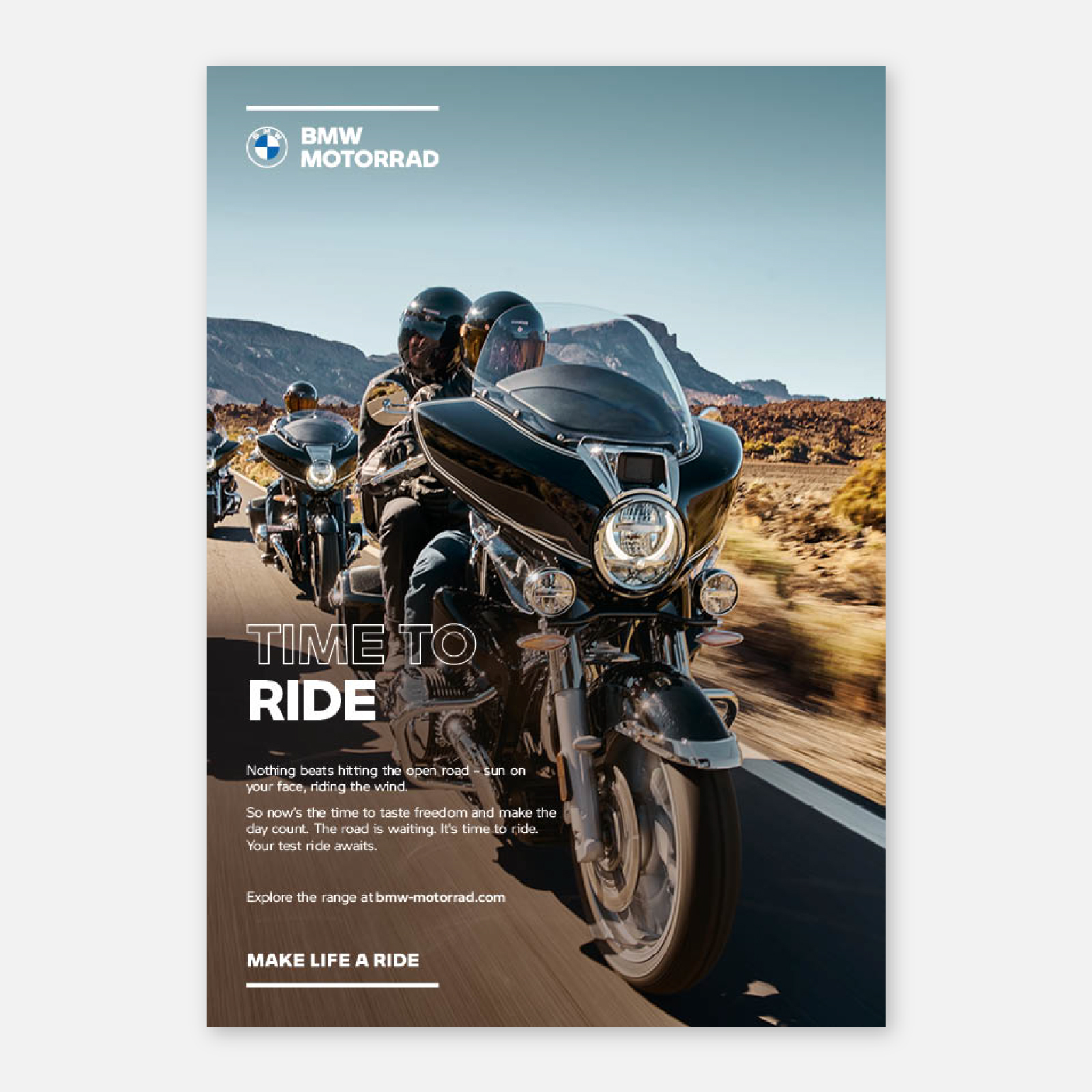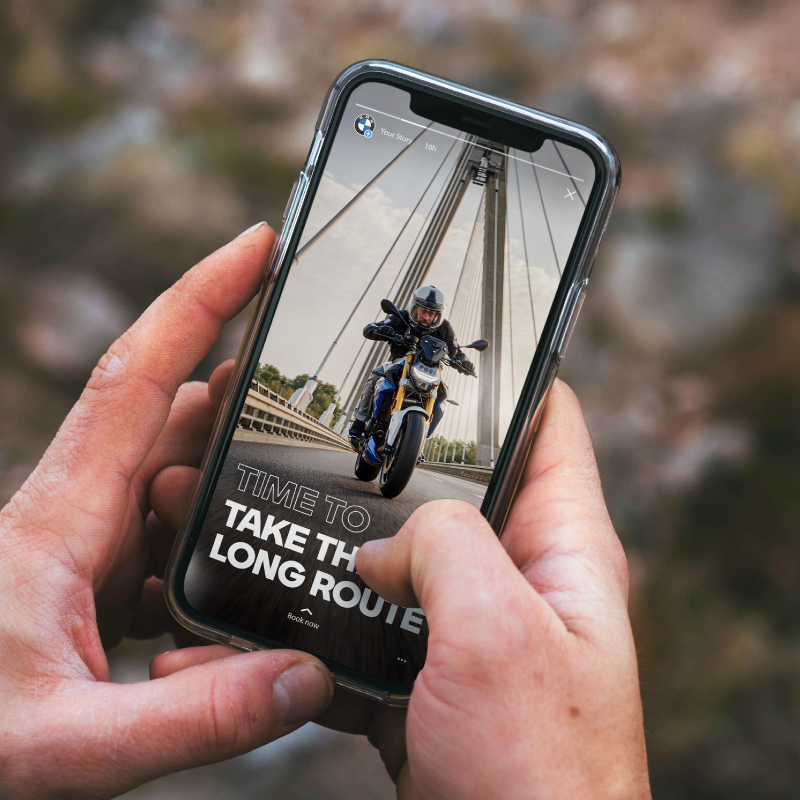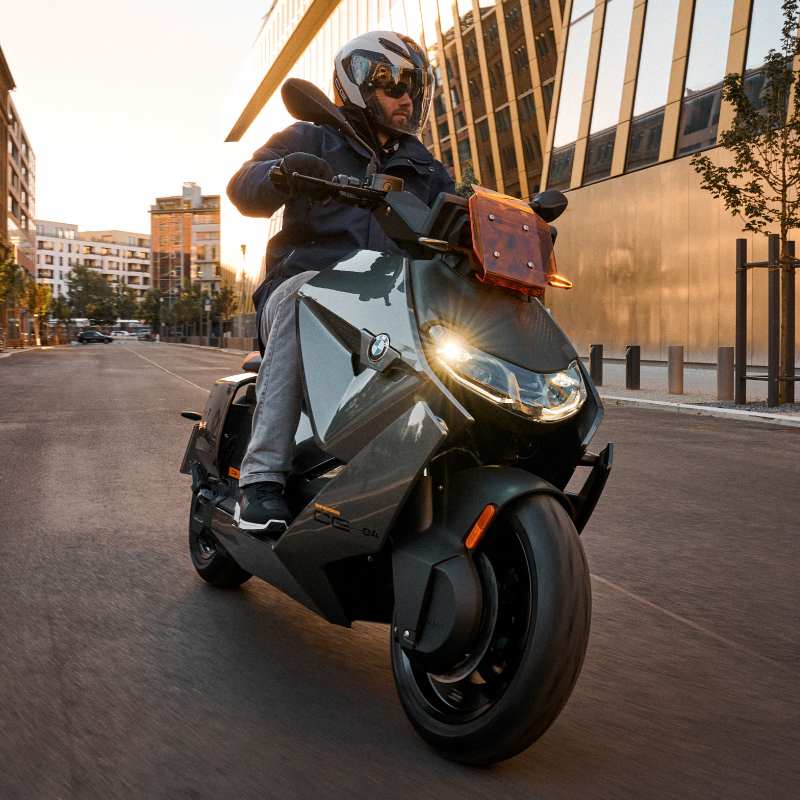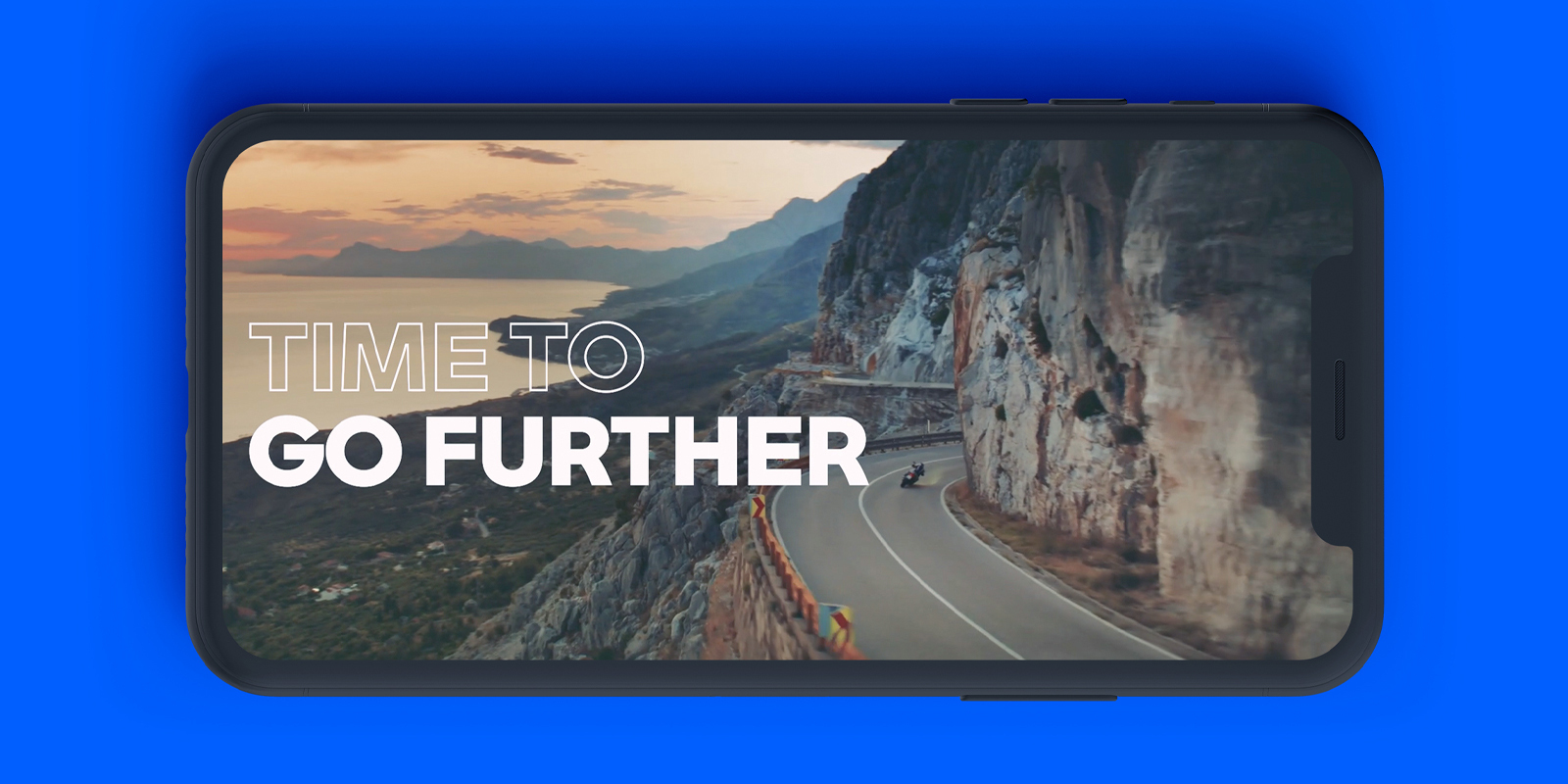How BMW Motorrad solved its biggest marketing problem
The Story
BMW Motorrad needed to gain market share from larger competitors without increasing budget. It wanted to spend less on agencies for production to release more spend for media to drive brand reach and sales.
Using the Test–Learn–LeadTM framework from Brilliant Noise, BMW Motorrad was able to significantly reduce its production budget by 51%, make the media budget go further, and increase customer engagement by an impressive 123%. In this article, we’ll explain how this was achieved fast and how other multi-market brands can do the same.
The Challenge
When winter turns to spring, motorcycle season starts in Europe. Biking fans take the tarps off their steeds and head out onto the road, and two-wheel-curious souls think “Maybe this is the year I go for it and get myself a freedom machine”.
The bikes aren’t the only well-oiled machines coming to life. All winter, motorcycle brands have been preparing their plans and content to reach this particular, growing audience at this precise moment. BMW Motorrad (BMWM) needed to be faster, more adaptive, and more efficient than its competitors to win attention.
BMW’s European group of business is steeped in a culture of engineering excellence. Just as engine specialists will obsess about getting more power and more speed from every morsel of fuel, the crux of marketing performance, they decided, was to make content production and operational elements increasingly efficient and use money saved to spend more on media to drive growth.
BMW Motorrad markets were operating independently. They’d engage separate agencies in each of the markets to execute the same campaigns, at a considerable cost to the bottom line. Their marketers were working hard – spending time, effort, and budget to stand out and drive growth. But their efforts were duplicated in each region and their budget wasted on creating similar assets multiple times.
They needed a new approach.




What we did
To centralise the global proposition and positioning and cut down on duplication, we created a marketing hub from which to manage the campaign. This included creating a campaign communication toolkit that ensured all markets were equipped with an approach that was scalable and customisable.
The toolkit steps through each customer journey stage and explains what each asset should make the customer feel and do. To show the flexibility of the assets and the campaign messaging, we mapped out example journeys for each model of bike and demonstrated how touchpoints and creative would look different depending on which bikes markets wanted to push.
How this translates into actual day-to-day work can be seen in the development of the BMW Motorrad European content hub with examples like:
1.
Running a single format for sign-up forms cut the cost per engagement by half.
2.
Automating a single report process saved 220 hours of time per quarter.
3.
Collaborative planning of central content assets reduced production costs by 51%.
4.
Data-led planning and stronger create increased customer engagement by an impressive 123%
